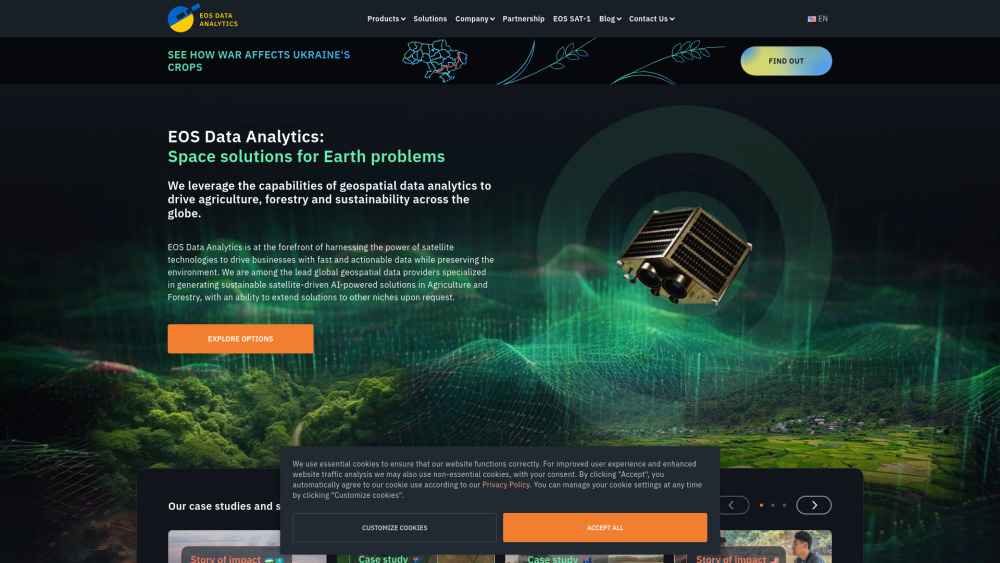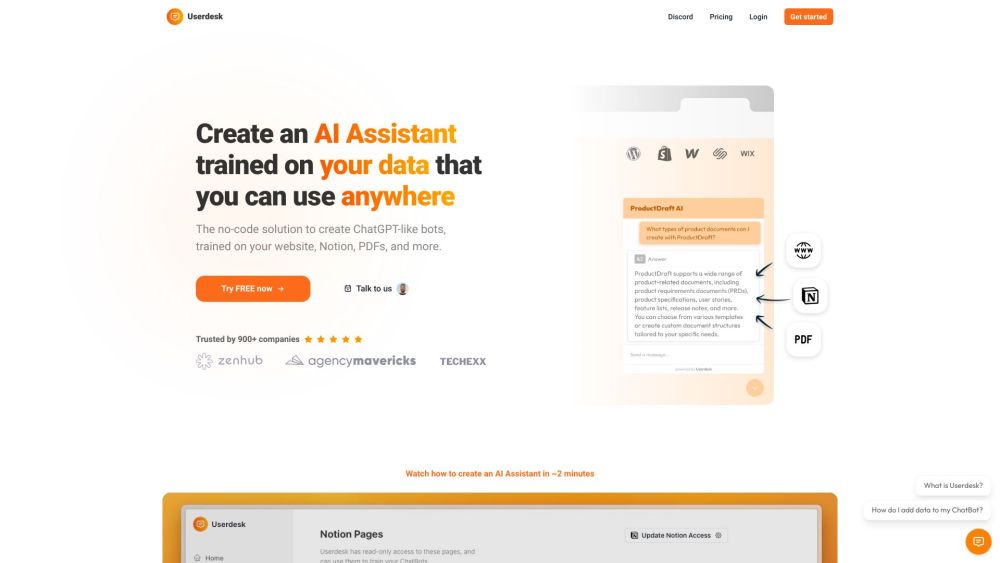The Evolution of AI: Past Lessons and Future Considerations
Imagine this: It’s 2002, and you’ve just acquired a groundbreaking smartphone that allows you to message anyone, anywhere. Life-changing, right? In the early 2000s, brands like BlackBerry, Nokia, and Ericsson dominated the mobile market. But in 2007, the launch of the iPhone transformed everything and outmoded these industry leaders.
The iPhone's impact serves as a cautionary tale about the tech hype cycle; early innovators don’t always secure long-term success. As the generative AI landscape experiences similar speculative growth, this lesson is critical for founders and investors alike.
Understanding the AI Hype
OpenAI's introduction of ChatGPT sparked an explosion of interest in generative AI. Since then, nearly every major tech player has unveiled its version, with 92% of Fortune 500 companies now onboard. Numerous "wrapper" startups have also emerged, building on ChatGPT’s framework.
One key factor fueling this momentum is the human tendency to exaggerate short-term change while underestimating long-term impacts. For example, the World Economic Forum once projected that AI would displace 85 million jobs globally by 2025. However, recent findings suggest that AI is likely to be a net job creator.
While AI undeniably disrupts workplaces, the hype often grows from inflated timelines. Historical trends highlight the importance of cautious optimism. For instance, neural network breakthroughs in the early 2010s led to exaggerated claims like those in a 2013 Popular Science article predicting the imminent rise of sentient robots. Fourteen years later, we see that while advances have been significant, real-world applications have evolved gradually, making our devices more efficient rather than heralding a robotic takeover.
Investing in AI Startups: What to Consider
In today’s rapidly evolving AI market, several factors are essential for investment decisions. Much like during previous tech booms, identifying foundational tools and infrastructure solutions is vital.
Today's unique challenge is the accelerated pace of technological evolution. Unlike earlier shifts, established tech companies are simultaneously innovating, which fosters rapid advancements in generative AI stacks. As compute power and data become the new currencies of innovation, it’s crucial to assess where startups stand in relation to tech giants with inherent advantages in resources and data access.
While application opportunities seem vast, the current hype cycle raises important questions about the reliability of AI outputs, the regulatory landscape, and cybersecurity measures—all crucial for scalable commercial adoption.
Moreover, the success of foundation models largely hinges on pre-training with extensive, high-quality datasets. The real differentiator is not just the models themselves but the data quality that fuels them.
Navigating Regulation in AI
With the promise of generative AI and large language models (LLMs) capturing attention, regulatory bodies are increasingly active. Initiatives like President Joe Biden’s Executive Order and the EU AI Act underscore the need for startups to anticipate potential regulatory challenges. Founders should proactively assess the implications of these hurdles rather than wait for regulations to unfold.
Cybersecurity in the Age of AI
As AI innovations outpace cybersecurity measures, it’s critical for companies to safeguard their data against potential exposures linked to generative AI. Past data breaches highlight the need for startups to prioritize cybersecurity as a fundamental aspect of their offerings.
Generative AI introduces additional attack vectors and vulnerabilities in enterprises, necessitating robust strategies to avoid adversarial attacks and data manipulation. Protective measures regarding AI systems are emerging as a vital sub-sector in cybersecurity.
Data as the Key to Success in AI
A startup's longevity amidst the noise of technological hype hinges significantly on its data strategy. Rather than focusing solely on generative AI techniques, organizations must prioritize data quality and accessibility. Establishing a strong data infrastructure is critical for drawing sustainable value.
Many enterprise AI projects falter due to inadequate datasets. In some cases, synthetic data may provide opportunities to enhance available data collections, fostering potential breakthroughs across various applications such as autonomous vehicles and industry-specific models.
Looking Ahead: The AI Hype Cycle
Generative AI innovation will undoubtedly progress in waves, with software and APIs rapidly maturing. Whether it’s Sora, Claude 3, or GPT-5, we can expect bursts of excitement as capabilities advance. Yet, as with previous hype cycles, it’s essential to maintain a realistic perspective on what generative AI signifies for various industries.
Listening to the experiences of researchers and developers will provide more insight into the trajectory of the industry than purely following investor sentiments.




